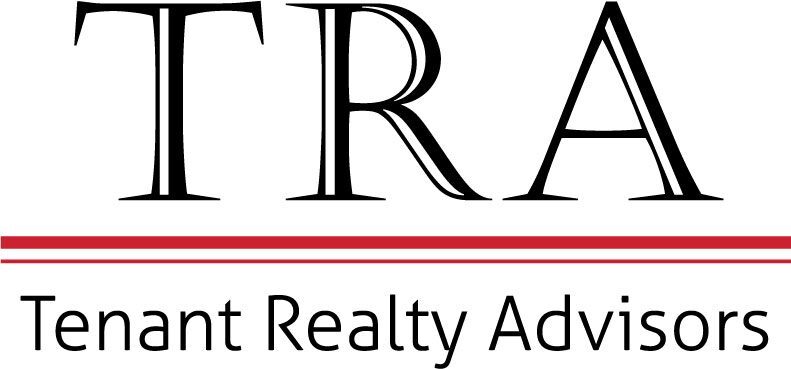Change is hard but, as Bob Dylan lamented, it is inevitable. Such is the case with tenant improvement allowances. Free rent, low rates, flexible terms and generous tenant improvement allowances have all been on the table since 2009. But as the market heats up and vacancy rates fall, tenants are finding they are losing leverage and deals are getting more favorable for landlords.
Free rent, under market rent and short, flexible lease terms have fallen by the wayside in most locations. One aspect of a deal that has always seemed guaranteed is the tenant improvement allowance. A new tenant to a building has long been able to count on the landlord paying for most, if not all, of the remodel needed to suit the incoming tenant. Whether it is carpet and paint, the addition of a few walls or a complete gut job, tenants have enjoyed not having to pay for construction projects. On a new build out from shell, landlords have traditionally offered generous allowances, usually enough to cover the full build out. However, times have changed: Vacancy rates have fallen, rents are rising and landlords are looking for the best deals….for them. That means tenants can no longer assume landlords will be anxious to pay for building improvements.
The market has surely turned in favor of landlords. But another issue for tenants needing improvements is the rising costs of construction. Allowances, when given, don’t go as far as they used to. In the past, $40-$50/SF was often enough to get a space built out with building-standard finishes. These days, a full build out can cost $60-$70/SF – but the allowances offered are stuck at $40-$50/SF. So, who pays the difference? The tenant.
In second generation spaces, landlords are looking for tenants that can take the space ‘as is’ rather than go through a complete remodel. This leaves fewer options for those users that have specific build-out needs… unless they can step up and pay for some or all of the remodel.
So what to do? A common pitfall tenants need to be on the lookout for is accepting an allowance, only to find out down the road that the landlord’s contribution is not enough to cover the costs of the needed improvement. Here’s our advice:
Start early. This will give you time to diligently investigate the remodel costs.
Consider hiring your own architect and contractor to evaluate the extent of the project in advance of writing a lease offer. It will be time and money well spent to avoid signing a lease with insufficient TI dollars.
Bring your own real estate agent on board. He or she will show you all the space options and help navigate the TI negotiation process. A good tenant representative will also know the where the various landlords are coming from — how motivated they are to make a deal and whether or not they have money to work with — and this can save you from entering into a dead end negotiation.
The net result of the changing market is fewer options and higher costs for office tenants. But what does the future hold? If history repeats itself, this trend of rising rates and demand may lead us to new, speculative construction. As this happens, new construction will eventually lead to downward pressure on lease rates as vacancy rates and landlord competition climb.
So, when faced with a tenant improvement project, be sure to start early, be diligent and put together a knowledgeable team to help you through the process. The times have changed in favor of landlords, but all things change over time!
